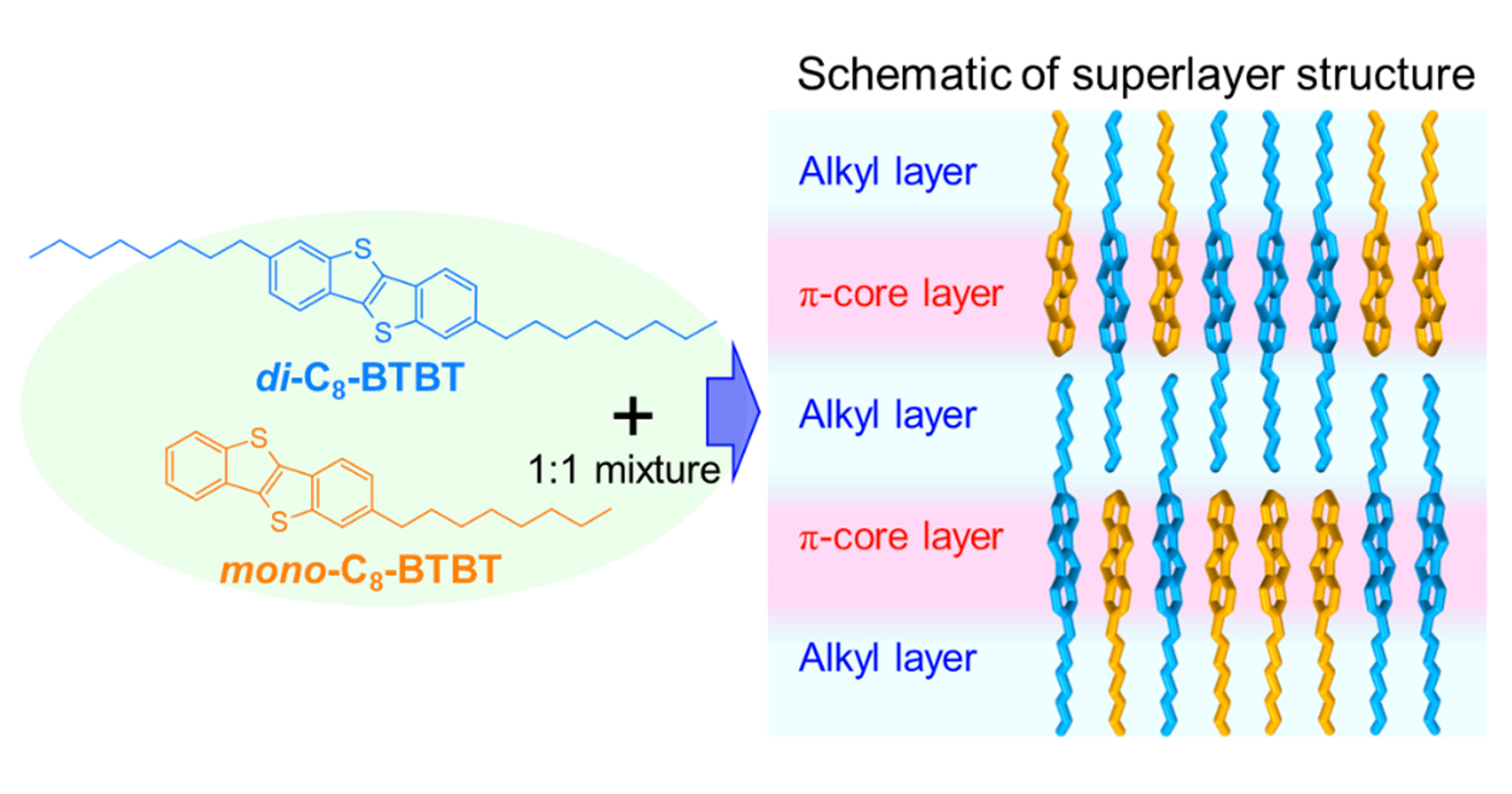Share this
Authors
Masahiro Yamaguchi, Kaito Shioya, Chifeng Li, Kentaro Yonesato, Kei Murata, Kazuyuki Ishii, Kazuya Yamaguchi, Kosuke Suzuki
Abstract
Organic–polyoxometalate (POM) hybrids have recently attracted considerable interest because of their distinctive properties and wide-ranging applications. For the construction of organic–POM hybrids, porphyrins are promising building units owing to their optical properties and reactivity, including strong visible-light absorption and subsequent singlet-oxygen (1O2*) generation. However, the practical utilization of porphyrins as photocatalysts and photosensitizers is often hindered by their own degradation by 1O2*. Therefore, there is a substantial demand for the development of porphyrin-derived photocatalysts with both high efficiency and durability. Herein, we present a porphyrin–polyoxotungstate molecular hybrid featuring a face-to-face stacked porphyrin dimer (I) fastened by four lacunary polyoxotungstates. Hybrid I exhibited remarkable efficiency and durability in photocatalytic aerobic oxidation reactions, and the selective oxidation of various dienes, alkenes, sulfides, and amines proceeded using just 0.003 mol % of the catalyst. Mechanistic investigations suggested that the high activity of I stems from the efficient generation of 1O2*, resulting from the heavy-atom effect of POMs. Furthermore, despite its high efficiency in 1O2* generation compared to free porphyrins, I exhibited superior durability against 1O2*-induced degradation under photoirradiation.
Journal of the American Chemical Society: https://pubs.acs.org/doi/10.1021/jacs.3c11394
These Related Stories


